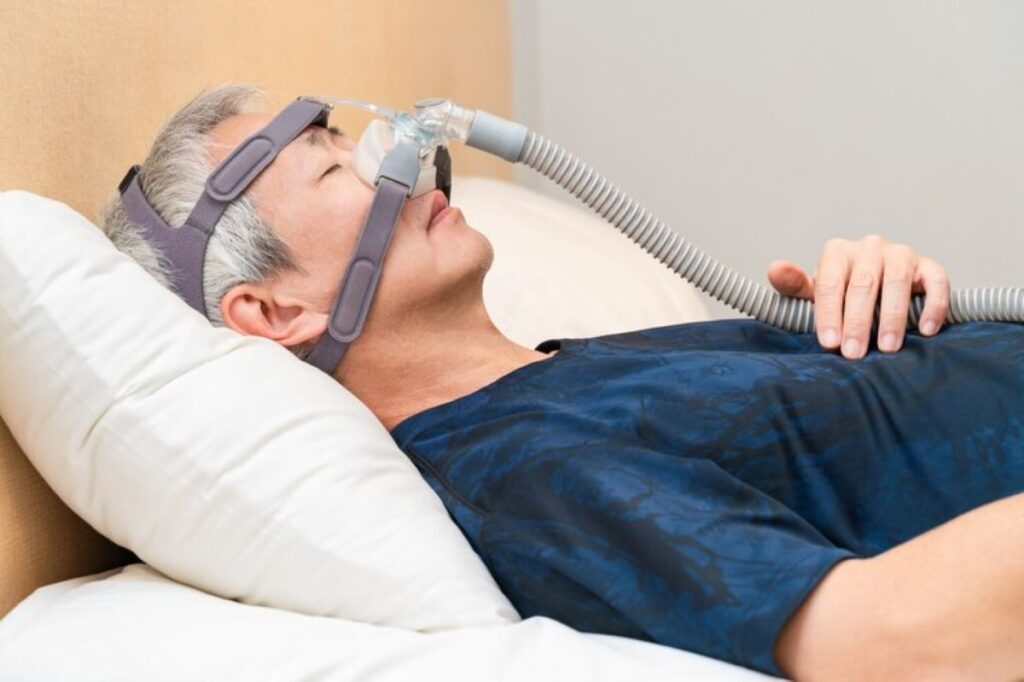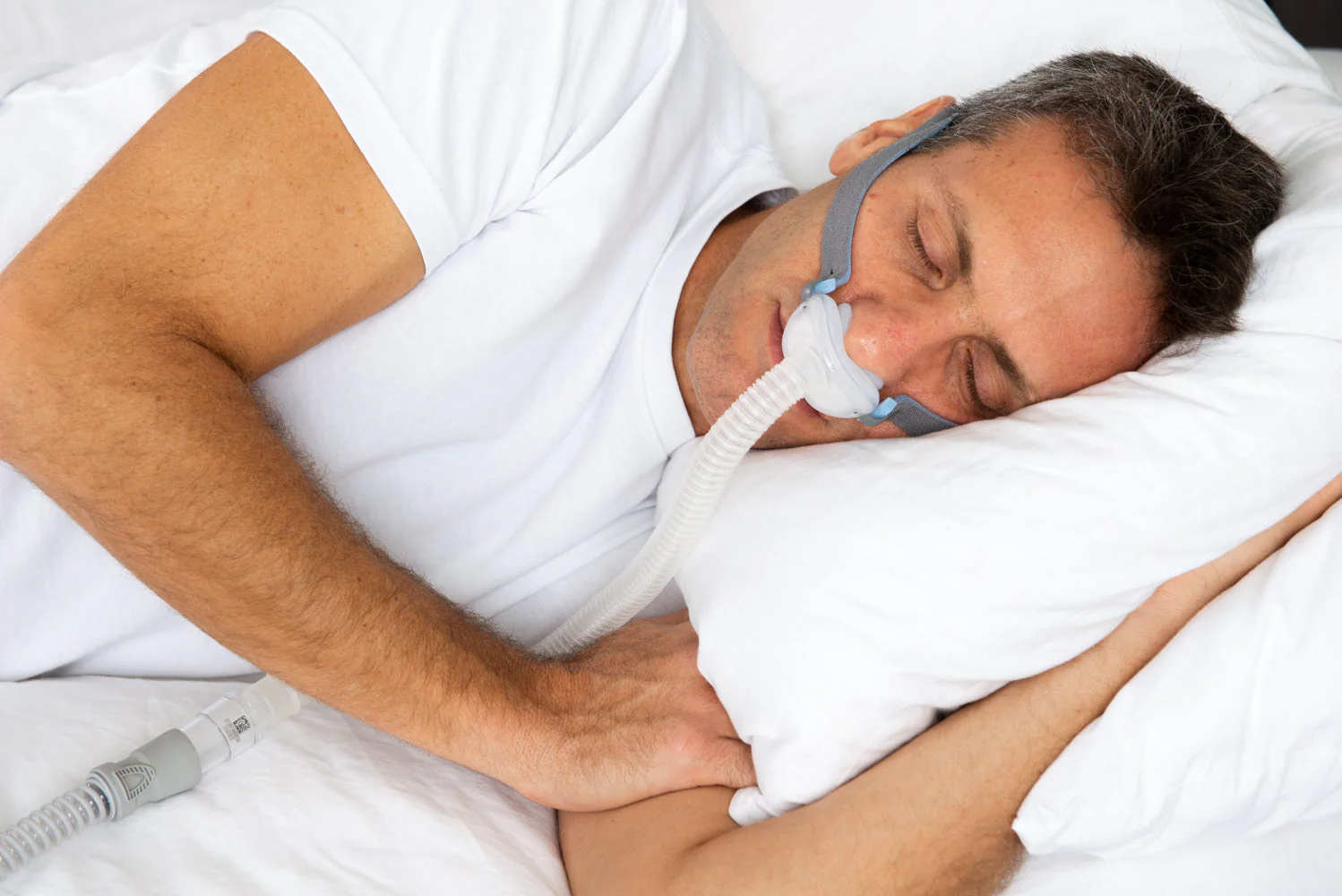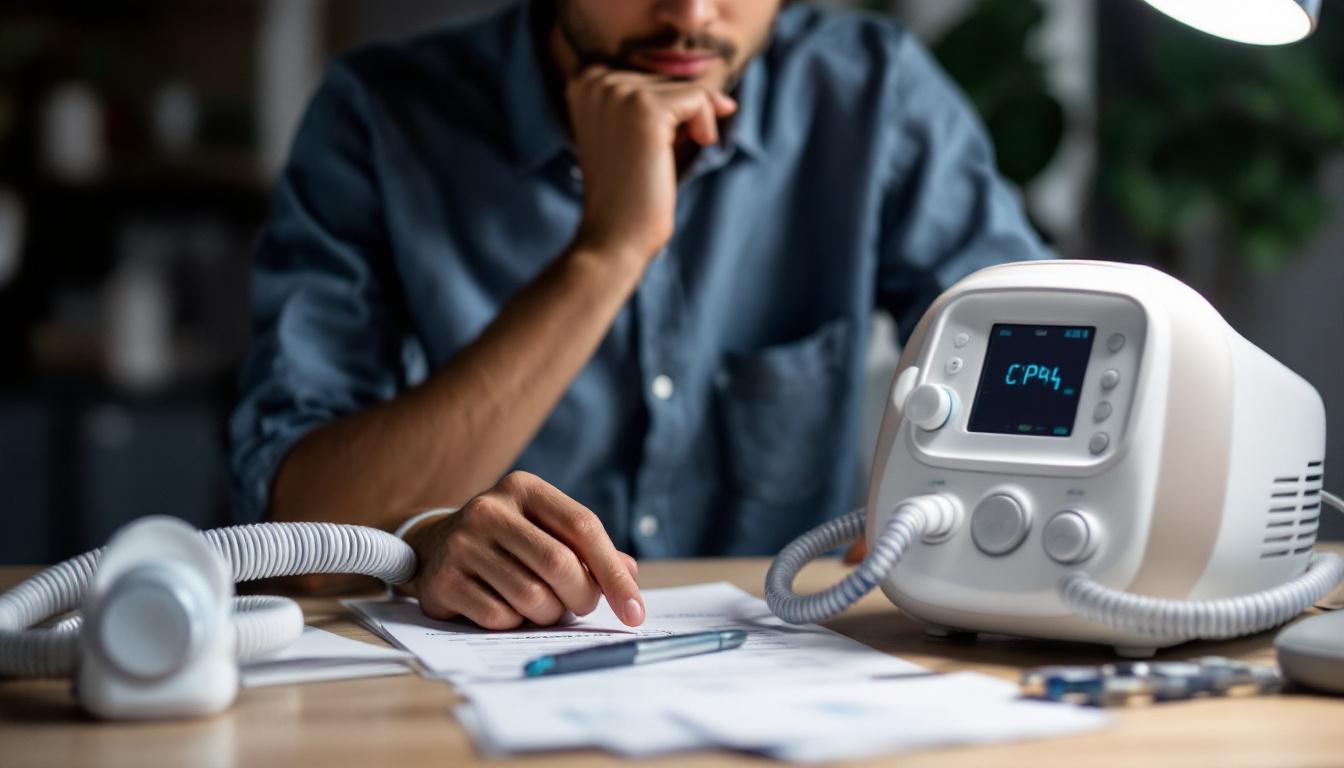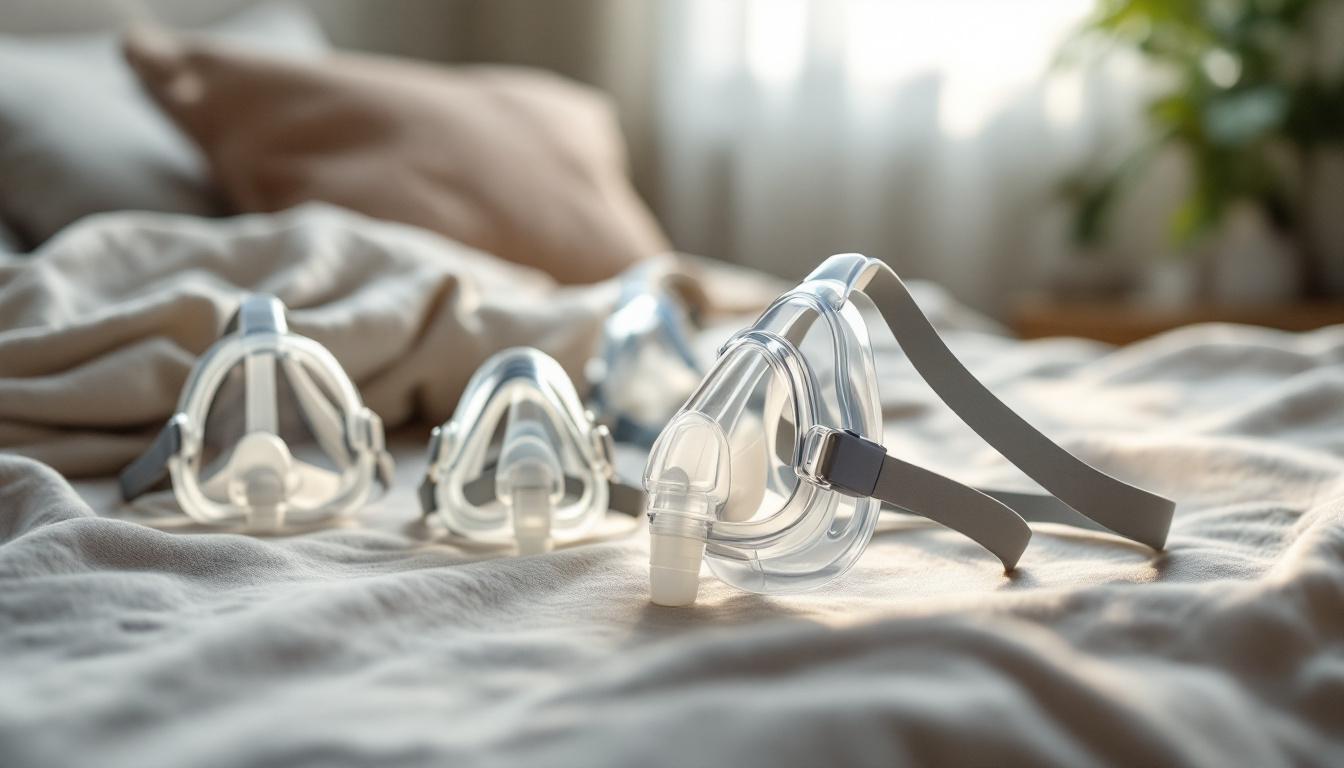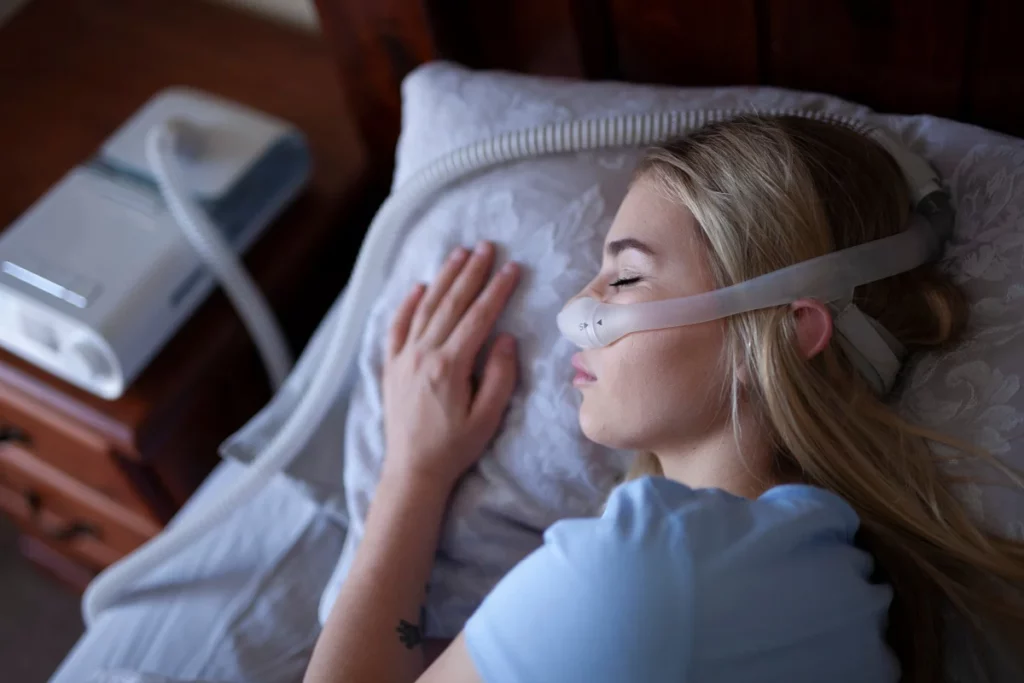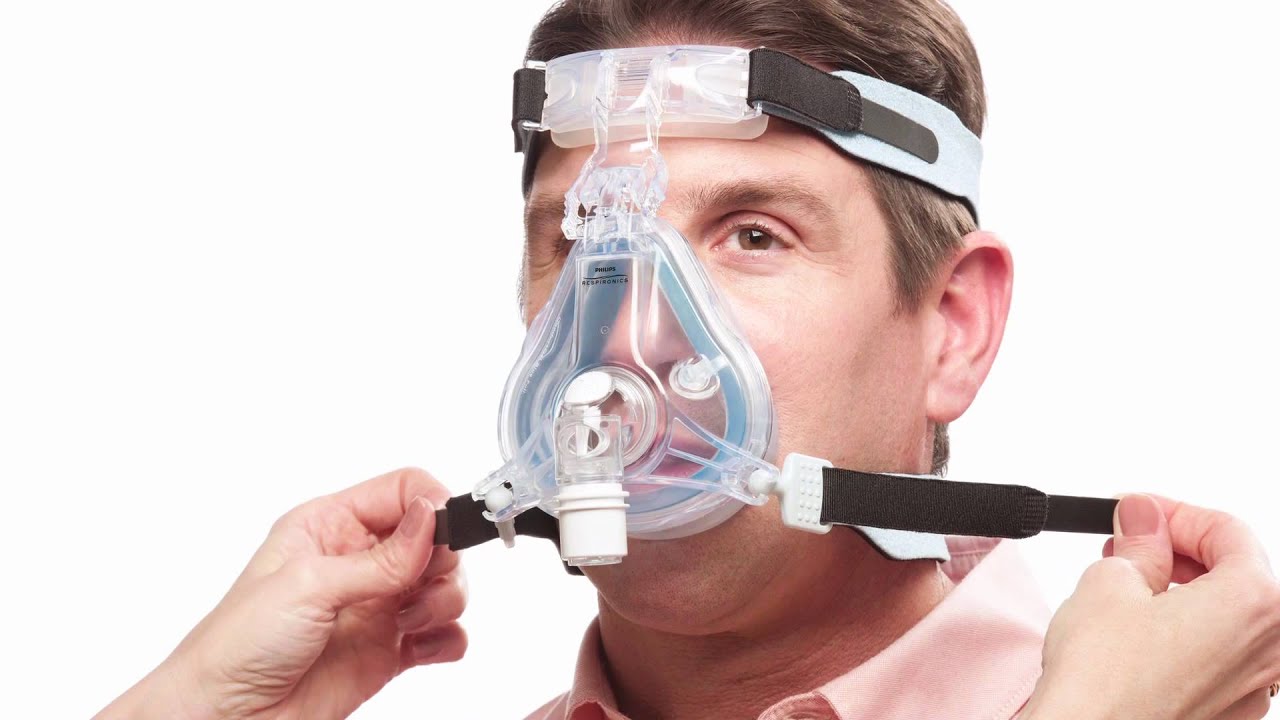Best CPAP Machines for a Restful Night’s Sleep: Our Top Picks
When it comes to securing quality sleep, the right CPAP machine can make all the difference. For Australians dealing with obstructive sleep apnea (OSA), finding the best CPAP machine is one of the most important health decisions you’ll make. In this article, we’ll cover what to look for when buying a CPAP machine in Australia, highlight some of the best models on the market, and guide you through buying CPAP machines online or in‑store. With this SEO‑optimised piece targeted at the Australian health audience, we aim to help your site rank high and attract readers in the local market.
Why Choose a CPAP Machine for Sleep Apnea
Continuous positive airway pressure (CPAP) is the gold standard treatment for moderate to severe OSA: it keeps your airway open by delivering a constant stream of air, allowing you to breathe freely through the night. When you invest in a quality CPAP machine, you’re investing in better sleep, improved daytime energy, and long‑term health benefits.
What to Look For in the Best CPAP Machine in Australia
When you’re shopping for a CPAP machine, there are several features and criteria to keep in mind:
Pressure type and adjustment
Some machines deliver a fixed pressure, others offer auto‑adjusting (APAP) pressure which responds to your breathing during the night.
Humidification and comfort features
A built‑in humidifier or heated tubing can reduce dryness and improve comfort. Quiet operation and ramp‑start features are also beneficial.
Travel and portability
If you travel frequently or live in a smaller space, you may prefer a compact or travel model.
Local support and supply in Australia
Buying from an Australian supplier means easier access to warranty, service, and parts. For example, there are local Australian CPAP online stores with stock and support.
Prescription and clinical advice
You typically need a valid CPAP prescription (from a sleep study) before buying a machine.
By keeping these points in mind, you’ll be better positioned to choose the best CPAP machine that meets your lifestyle and therapeutic needs.
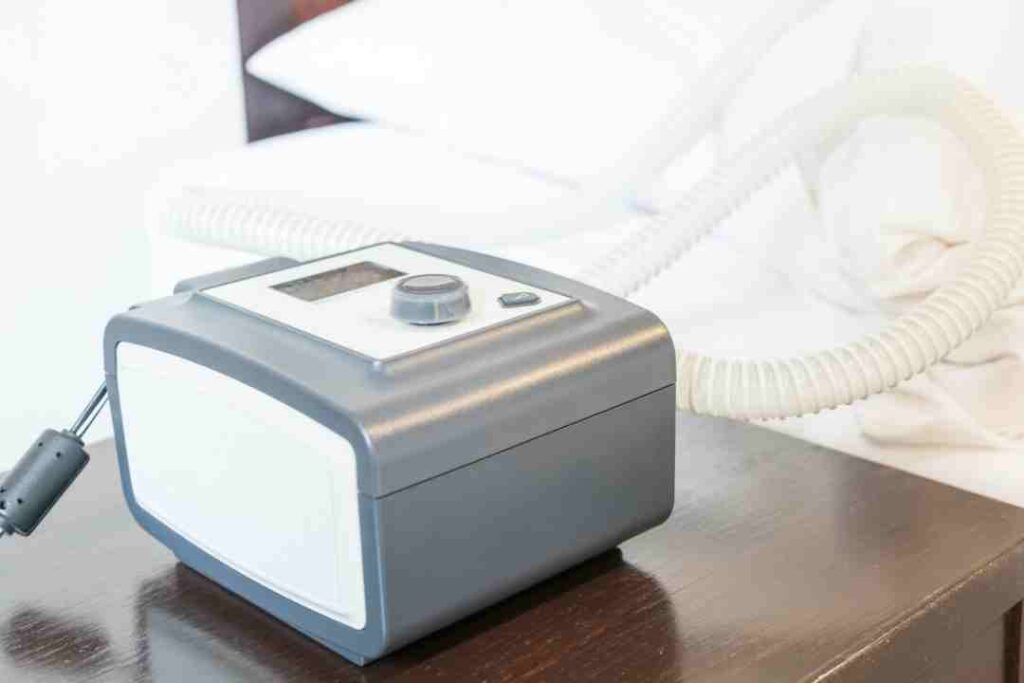
Top CPAP Machines to Consider
Here are some leading models available in Australia right now — each with strong features and value.
- ResMed AirSense 11 AutoSet
A premium choice with auto‑adjusting pressure, built‑in humidifier, and wireless connectivity. Frequently listed among the best CPAP machines by expert reviews. - ResMed AirSense 10 AutoSet
A slightly earlier model, still extremely capable and popular in Australia. Good value for users wanting advanced features without the very latest price tag. - Philips DreamStation Auto CPAP
A reliable alternative with intuitive interface, decent comfort features and strong brand recognition. - Fisher & Paykel SleepStyle Auto
Offers a very user‑friendly experience with comfort features and a trusted brand in sleep therapy. - ResMed AirMini Travel CPAP
Ideal for travellers or those wanting a compact machine for occasional use. - Löwenstein Prisma20A Automatic CPAP
A high‑end unit with advanced algorithm and comfort enhancements — suited for users with more complex needs. - BMC Luna iQ G2S AutoCPAP
A value‑oriented machine with good features for the price — useful if budget is important. - 3B Medical Luna II Auto CPAP
A more basic machine with essential features — best if you prefer simplicity and lower cost.
Why These Machines Stand Out
Each of the above models has been selected because they combine key comfort and therapy features with availability in Australia. According to expert testing of CPAP machines, features like auto‑adjusting pressure, humidification, ease‑of‑use and brand reliability all matter. Also, Australian vendors and online stores report broad availability of the major brands. By choosing one of these machines, you’re making a well‑informed decision.
Buying CPAP Machines Online vs In‑Store in Australia
Online buying of CPAP machines
Many Australians choose to buy CPAP machines online for convenience and often lower prices. Suppliers like large independent CPAP stores offer extensive stock, online support and shipping across Australia. When buying online, ensure the retailer is credible, the machine is compatible with Australian power and meets local regulatory standards.
Local physical stores and clinics
If you prefer in‑person advice, mask fitting, and hands‑on support, a local medical equipment store or sleep clinic may be better. While prices may be higher, you gain personalised service and local warranty coverage. A hybrid approach (research online, purchase locally) is often smart.
Tips for Getting the Best Out of Your CPAP Machine
- Have a proper mask fitting and ensure you use a mask that fits your face well — comfort matters.
- Use the machine every night, aim for at least 4 hours per night to get therapy benefit.
- Clean your machine, mask and tubing regularly to avoid health issues.
- Track your data (if machine supports it) to monitor therapy effectiveness and compliance.
- Consult your sleep physician or CPAP specialist if you have issues — don’t just abandon therapy.
Conclusion
Choosing the best CPAP machine for a restful night’s sleep means balancing comfort, features and cost — especially in the Australian market. With the right machine, such as the AirSense 11 AutoSet or SleepStyle Auto, you can achieve better sleep and improved wellbeing. Whether you buy online or locally, do your research, ensure the machine meets your needs, and commit to regular use. Your choice today could transform your sleep tomorrow.
There’s no one “best for everyone,” but models like the ResMed AirSense 11 AutoSet, Fisher & Paykel SleepStyle Auto and Philips DreamStation are among the top choices in Australia, offering strong comfort and therapy features.
If you travel frequently, a compact travel CPAP machine (like the ResMed AirMini Travel CPAP) is worth considering. It offers good convenience and portability without sacrificing key functionality.
Key features include whether the machine auto‑adjusts pressure (APAP), humidifier inclusion, quiet sound levels, mask compatibility, portability (if needed), and local support/compatibility for Australia.
Yes — most reputable vendors recommend or require a valid prescription after a sleep study before purchasing a CPAP machine. This ensures you get therapy appropriate for your condition.
Yes — many reputable Australian suppliers offer CPAP machines online, such as CPAP Direct and CPAP Victoria. Online buying often offers wider selection and better pricing, but check warranty, shipping and support first.



